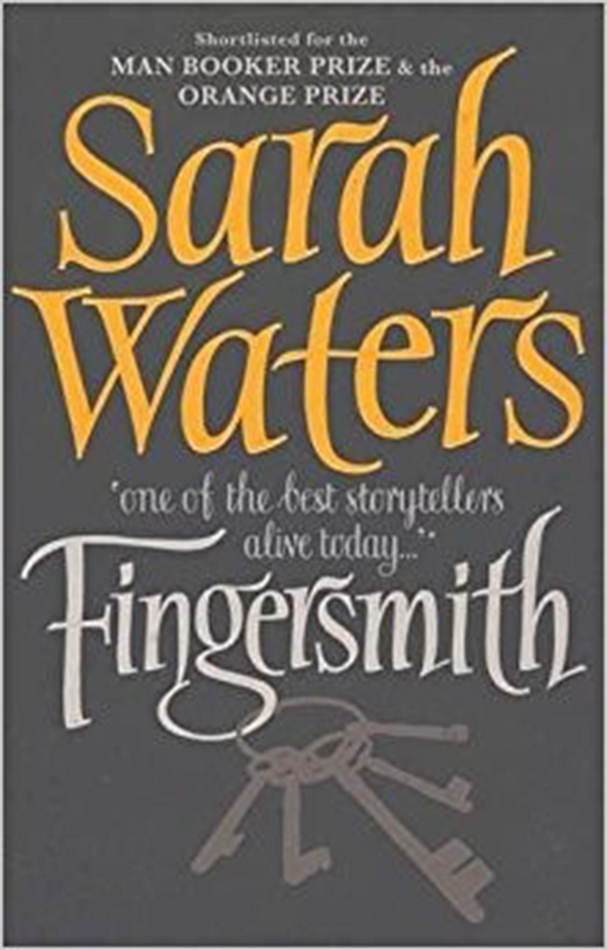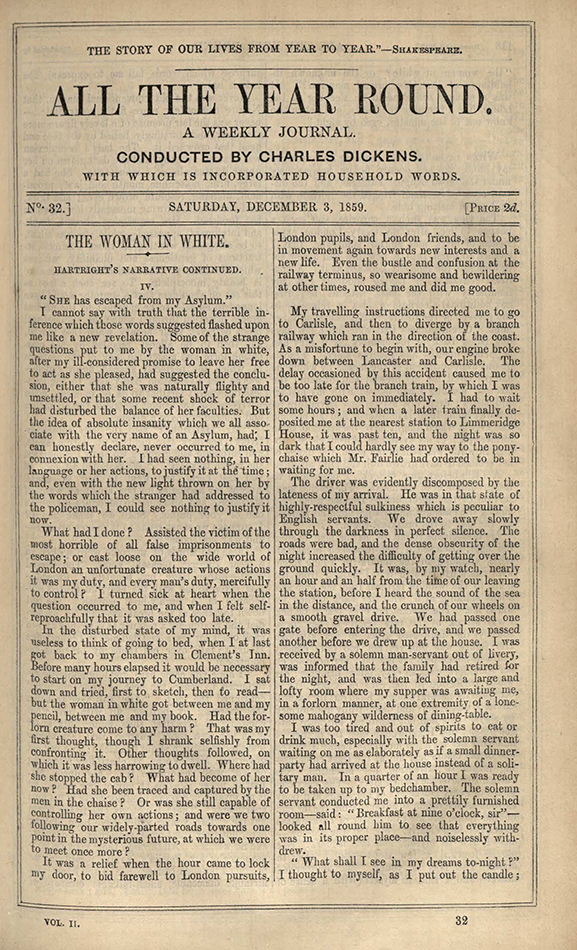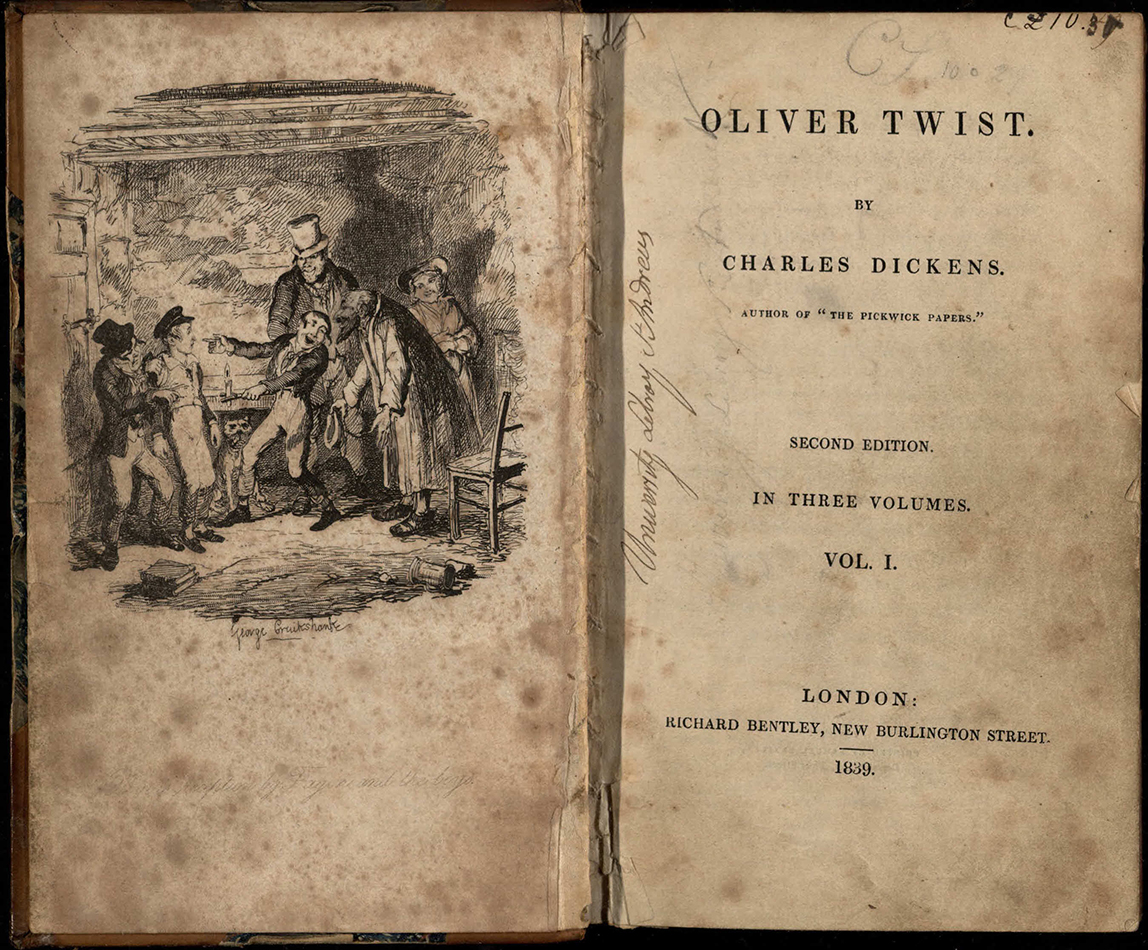Man Booker Prize Foundation Universities Initiative Annual Lecture 2017
 The Annual Lecture of the Man Booker Prize Foundation Universities Initiative is to be delivered this year by author Sarah Waters (5:30pm 15th November, Booth Lecture Theatre, Medical Building). Waters is known for her historical fiction, set in the Victorian period or the early twentieth century. Three of her novels have been shortlisted for the Man Booker Prize: Fingersmith (2002), The Night Watch (2006), and The Little Stranger (2009). As part of the Man Booker Prize Initiative, a free copy of Fingersmith was given to all first year students this year.
The Annual Lecture of the Man Booker Prize Foundation Universities Initiative is to be delivered this year by author Sarah Waters (5:30pm 15th November, Booth Lecture Theatre, Medical Building). Waters is known for her historical fiction, set in the Victorian period or the early twentieth century. Three of her novels have been shortlisted for the Man Booker Prize: Fingersmith (2002), The Night Watch (2006), and The Little Stranger (2009). As part of the Man Booker Prize Initiative, a free copy of Fingersmith was given to all first year students this year.
Fingersmith is a crime novel set in the Victorian era. The central character Sue Trinder, an orphan, grows up among petty thieves – fingersmiths – in a very Dickensian London: the novel opens with an account of a theatrical performance of Oliver Twist. Waters has described how the ‘narrative heart, the engine’ of Fingersmith was based on a plot twist in Wilkie Collins’ The Woman in White [1], and many of the elements in her novel unmistakably recall The Women in White. Familiarity with the earlier novel may make the narrative reversals in Fingersmith even more shocking, however, as Waters plays with and subverts characters, situations, and the reader’s assumptions.
Waters has described herself as ‘hooked on the ‘sensation novels’ of writers such as Wilkie Collins, Sheridan LeFanu and Mary Elizabeth Braddon’. In honour of the forthcoming lecture by Sarah Waters, Special Collections would like to share examples from some of our editions of the Victorian novels, which have inspired Waters’ work.
Wilkie Collins

The novel, The Woman in White by Wilkie Collins, was originally serialised in Charles Dickens’ magazine All the Year Round in 1859-1860 and appeared in book form in 1860. Known as the foundation text of ‘sensation fiction’, the novel centres on the character of Walter Hartright, a drawing teacher who becomes embroiled in an aristocratic conspiracy against a young heiress, after a late night encounter with a ‘woman in white’. [3]
In St Andrews Library Special Collections we hold copies of the magazine All the Year Round (rper AP4.A5Y4) and copies of the three volume 1860 edition of The Women in White (Har PR4494.W66 1860).

Charles Dickens
Comparisons between Sarah Waters’ work and Charles Dickens have also been made. As Waters herself reveals, Charles Dickens’ Oliver Twist was the inspiration for the opening scene of Fingersmith in the Lant Street kitchen. Oliver Twist was originally published as a serial in 1837 to 1839. The St Andrews Library’s second edition copy of Oliver Twist includes an intriguing engraving by George Cruickshank (s PR4567.E39).

To hear more about Sarah Waters’ work directly from the author herself, come along to the Annual Lecture of the Man Booker Prize Foundation Universities Initiative on the 15th November (5:30pm, Booth Lecture Theatre, Medical Building).
[1] https://www.theguardian.com/books/2006/jun/17/fiction.sarahwaters?INTCMP=ILCNETTXT3487
[2] https://www.bl.uk/romantics-and-victorians/articles/an-introduction-to-the-woman-in-white